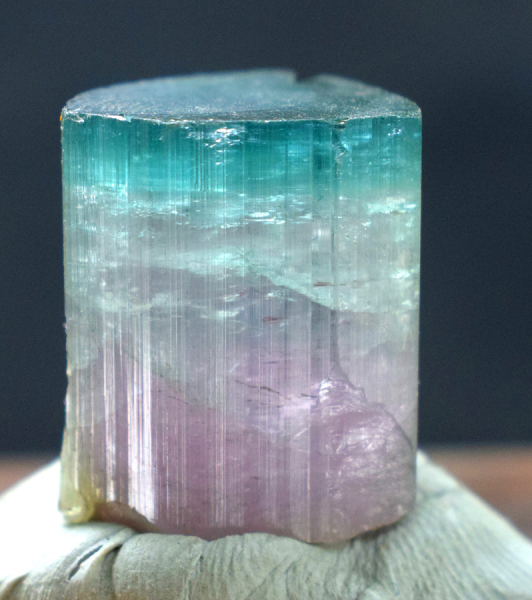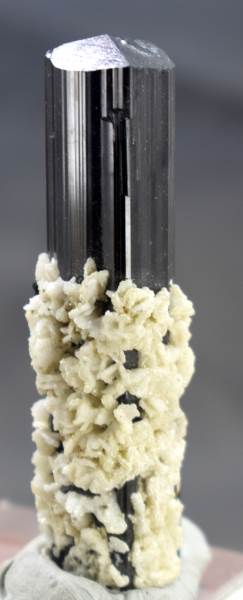A BRIEF UNDERSTANDING OF TOURMALINE CRYSTAL AND GEMSTONE
Tourmaline gemstone or crystal is probably the most unique mineral in the gemological family. It has one of the most complicated molecular formula; rich in sodium, copper, aluminum and lithium; this is the reason why tourmalines come in so many colors, multi color tourmaline crystals “also called Elbites” are also very famous.
History of Tourmaline
Some believe that tourmaline was first found in Spain in 1500s; while other say the mineral was found by Dutch in 1600s. But due to its vibrant colors tourmalines were assumed as some other mineral. For example green tourmalines were assumed as emeralds and it was until 1800’s when scientists first examined the gem and found that it is completely different mineral; similarly rubelite tourmaline was assumed as ruby, indicolite tourmaline was assumed as sapphire etc. The name comes from a language spoken in Sri Lanka the word “tour mali” which means “stone of many colors”.
Tourmaline became a major part of jewelry when in 1890s they were found in California USA by a Tiffany gemologist Mr. George Kuntz. The American National Association of Jewelry introduced the gemstone as birthstone of October. It was believed by some that the gemstone was formed by the rainbow because of its multi color property. Later the holistic gemologists associated the gemstone with positive change in life and good fortune.
Locality of Tourmaline
Tourmalines are found in many parts of the world, however the most beautiful tourmalines come from: Afghanistan, Pakistan, Brazil, Madagascar and Africa. Tourmaline come from other parts of the world include: USA, Canada, Burma, Kenya, Namibia, Russia, Siberia, Sri Lanka, Switzerland and Tanzania.
Types of Tourmaline
There are many types of tourmaline, it is the most colorful stone in the world. Elbite and Schorl are the most common tourmalines however the Dravite and Uvite are much less common types.

Elbite Watermelon, Paraiba, Purple, Pink, Rubelite and Verdelite

Schrol are the black tourmalines
